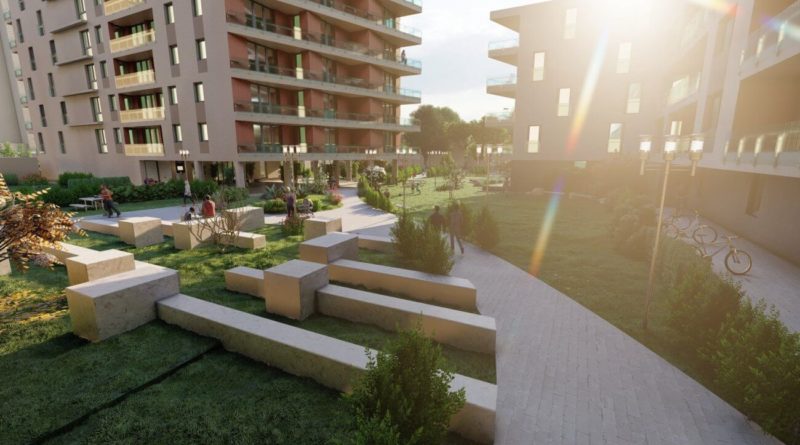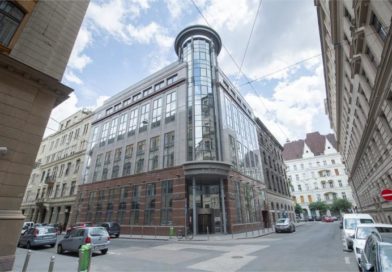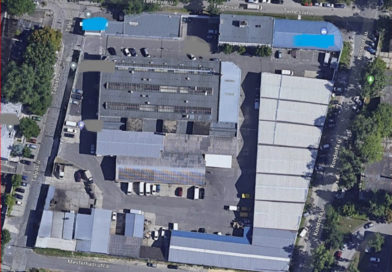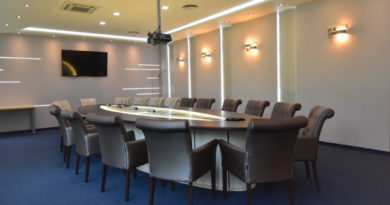Asia outperforms the rest of the global industrial property market
Industrial commercial property rents in Asia jumped by over 5% last year in contrast to the rest of the world where the occupational market deteriorated in the majority of markets, according to Cushman & Wakefield’s Industrial Space Across the World 2011. Globally, rents in industrial locations decreased by around 1.2%. The same decline was true in the U.S. as a whole, and EMEA.

• Industrial property rents in the continent increased by over 5% in 2010
• Rents fell in industrial locations in most countries around the world last year
The report, which monitors rents and total occupancy costs in 53 countries, reveals that Jakarta, Beijing and Singapore performed very strongly in 2010. In the ranking of the most expensive industrial locations around the world, Singapore climbed from 19th position to 4th with a rental increase of 14.9%. Rents in the Greater Jakarta area in Indonesia jumped by 21.7% and in Beijing, by 17.5%.
London’s Heathrow maintained its number one position for the tenth year running with an occupancy cost of €235 per sq m per year. Tokyo remained in second place (€183 per sq m per year), and Geneva (€164 per sq m per year) moved up to third from fourth last year.
Karen Thomas, Partner, National Logistics & Industrial, Cushman & Wakefield, said, “The continuing success of Heathrow’s industrial market is mainly due to its strategic location and its role as an international gateway for passengers and freight. With the development pipeline effectively turned off, the supply of quality premises will continue to fall in 2011 as take-up eats into existing stock. Some occupiers will need to look to prelets to secure the right premises, in the right spot for their business.”
Toby Dodd, Executive Director Singapore, Cushman & Wakefield, said, “Singapore’s movement from 19th position to 4th should be seen as a recovery. In 2009 industrial rents fell to 19th place from 5th ranking in 2008 as a result of the recession. The recovery has been primarily supported by an improvement in the manufacturing sector, where industrialists wishing to lead in market share during the economic recovery are expanding. There are also spin-offs from other sectors for manufacturing space, including the retail sector where retailers are seeing industrial space as an attractive option for some possible production functions to save on rental costs.”
Jim Dieter, Executive Vice President of Cushman & Wakefield’s U.S. industrial services group, commented, “With a few exceptions, most tier 1 industrial markets are showing renewed activity. This is mainly being driven by the following fundamentals; manufacturing output showing positive growth, imports and exports in the North American markets having had significant increased activity year over year, and rents being reporting as stabilized – in a few markets showing minor growth after four years of either having a downward trend or at minimum flat.”
He continued, “Helping stablise rents is the low level of new construction, which aids absorption of the existing stock. Companies are restocking their inventories and many have significant capital put aside for future growth. All in all, there is a cautious optimism for the industrial sector globally.”
Barrie David of the Cushman & Wakefield Research Group said, “This data confirms the sustained presence of Asian locations in the higher reaches of our ranking. Tokyo and Hong Kong are now firmly
established as some of the most expensive industrial locations globally, and seven of the ten fastest growing global locations are in Asia. This is in contrast to 10-15 years ago, and highlights the fast growth and development within an increasing number of Asian markets over the last few years.”































